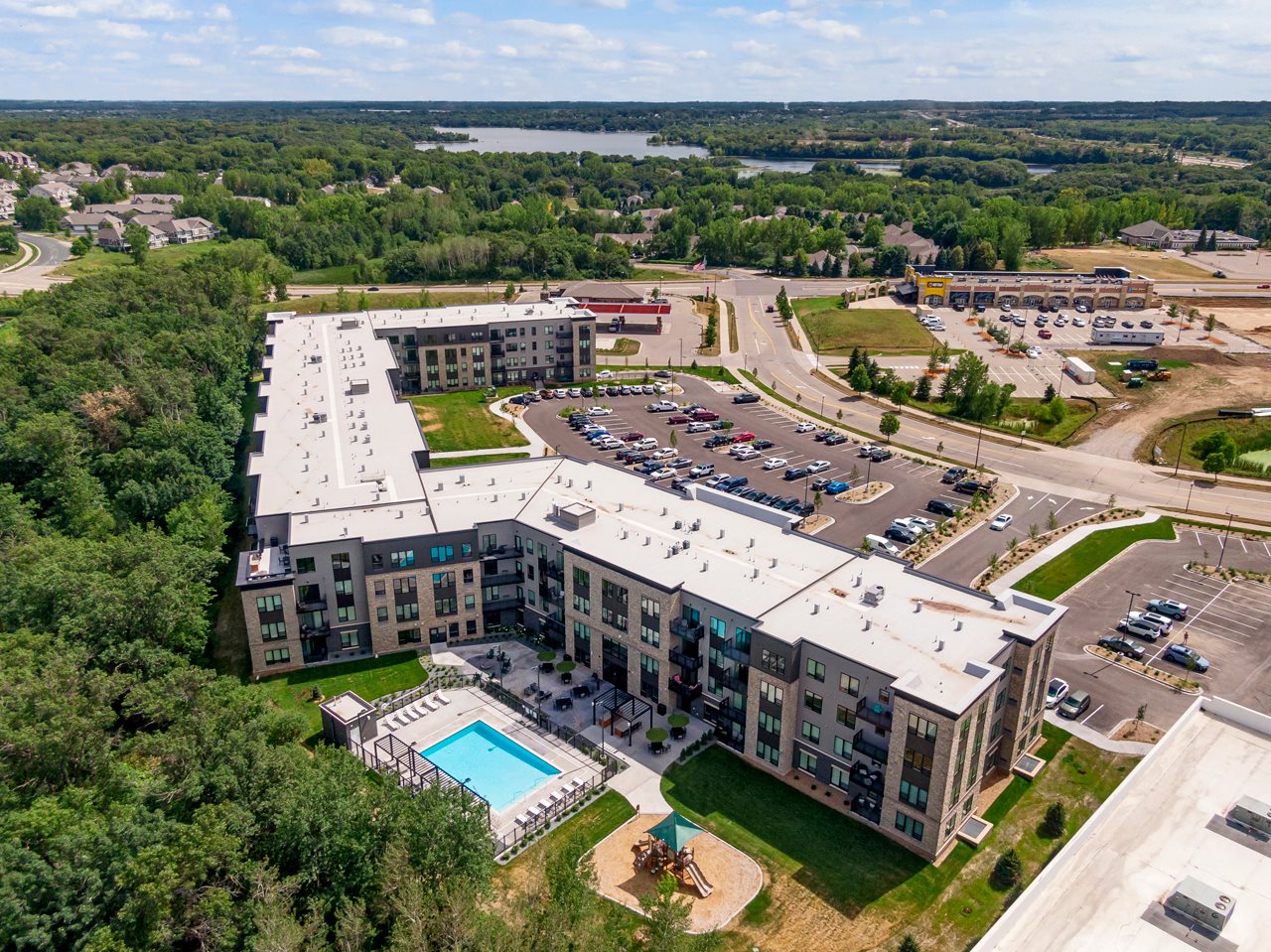(BPT) – Investing in real estate can be a smart choice, but not all investments are created equal. There’s no denying rental properties are a surging market. Mortgage interest rates have risen dramatically over the past few years, high enough to price many people out of purchasing a home. It means the demand for rental properties is high. You don’t have to be an economist to see it — there’s a crane on every corner, and new apartment buildings are popping up everywhere.
For many investors, tapping into this surging market means buying duplexes, fourplexes or single-family homes. But with them comes the hassle of becoming a landlord. Fixing appliances when they break down, arranging for snow removal and yard work, dealing with tenant complaints or worse, going through the exhausting process of evicting someone when the arrangement just isn’t working. You’re suddenly the building’s maintenance technician in addition to being the owner.

Institutionally sized real estate projects like apartment buildings or condo developments don’t come with those kinds of hassles for their owners, as those responsibilities fall to property management companies. But in the past, they have been out of reach for individuals.
That’s not the case today. Investors who are thinking about getting into real estate can think bigger than a duplex. There’s an emerging investment model that gives private investors access to institutionally sized real estate projects, reaping returns and depreciation benefits without the management headaches.

Roers Companies is a national leader in real estate development, construction and property management that was founded to change the game for everyday investors. They’re on a mission to elevate multifamily housing by developing and operating market-rate, workforce, active 55+ and affordable housing in highly desired neighborhoods nationwide.
Rather than focusing on institutional equity to fund that mission, Roers Companies chooses to work with individuals.
Some quick facts about Roers Companies:
- 17 completed projects sold since 2019 with an average hold time of 3.5 years
- Nearly 12,000 rental units and 83 projects developed and under construction
- $510M+ equity raised through 850+ investor partnerships
- $2.9B in real estate since 2012
At a high level, to be considered an accredited investor, you need to meet one of the following:
- Have a net worth over $1 million, not including their primary residence
- Income over 200,000 (individually) or 300,000 (with spouse or partner) in each of the prior two years, and reasonably expect the same for this year
That kind of wealth criteria makes it possible for a whole tier of investors to buy into institutional-level real estate projects for the opportunity to receive high returns on that investment.
If you compare the performance of a $10,000 investment in stocks, real estate investment trust (REIT) and multifamily real estate over the course of 20 years, you can see that the growth in multifamily outperforms other asset types. Multifamily real estate investments also tend to offer less volatility than stocks or REITs.
Part of the reason for Roers Companies’ success lies in their business model. They don’t just manage properties or build them. Their internal capabilities include development, construction, leasing, property management and asset management. This vertical integration means that Roers Companies is able to achieve significant cost savings and efficiencies that companies with a single area of expertise cannot match. With a close watch on local markets, strong industry relationships, and a robust evaluation and approval protocol, their process refines and strengthens each opportunity offered to investors for consideration.
It’s an outgrowth of Co-Founder and Co-Owner Kent Roers’ recognition of what he calls “the missing middle” — everyday investors wanting access to institutionally sized real estate projects, but settling for buying houses or duplexes instead. Yes, they could buy into a REIT, but their performance is often correlated to the stock market — the highs and lows of stocks will follow for REITs. The business model Kent and his brother Brian built bridges that gap, giving private investors an opportunity for significant returns and a seat at the — much bigger — table typically reserved for large financial institutions.
Market conditions have pushed many companies out of the new-development arena in the past 18 months while Roers Companies’ private investors have made new projects possible. Because of that, their projects are under construction and will be ready to welcome residents and collect rent just in time for the institutional-reliant developers to hit reset on their projects in high-growth neighborhoods starved for supply.
The demand for rental housing shows no signs of subsiding, ensuring long-term stability and growth within the multifamily sector. This sustained demand, coupled with the anticipated cost reductions, presents a compelling opportunity for investors seeking attractive returns in the real estate market. To find out more about this unique direct-investment model, contact Roers Companies.
Photos by Spacecrafting
